URBAN SMART FARM BECOMES A NEW TREND
입력 2019.11.26 (15:17)
수정 2019.11.26 (16:45)
읽어주기 기능은 크롬기반의
브라우저에서만 사용하실 수 있습니다.
[Anchor Lead]
So-called smart farms are becoming more common in downtown Seoul these days thanks to information technologies used in farming. They can be seen in subway stations, buildings, supermarkets and restaurants. We take you there right now.
[Pkg]
Sangdo Station, subway line number 7. Inside it, a colorful space comes into view. A large glass wall separates the area from the outside. Layers of lush greenery can be found. This is one of the so-called smart farms, a combination of ICT and farming.
[Soundbite] LEE HWANG-MYUNG(SEOUL METRO) : "We launched the pilot operation of smart farms in 2019 in cooperation with the Seoul City government in a bid to provide healing spaces for the public using greenery and raise awareness about smart farming."
This indoor vertical farm measuring 394 square meters is run by a robot, from sowing to harvesting. As there is no natural sunlight, LEDs are used to promote photosynthesis, while a small ventilator ensures air circulation among the crops. Plants are cultivated without using soil. Water mixed with nutritional supplements is sprinkled onto the roots to make the crops grow. Visitors can check out the farm by making reservations on its official website. These children quench their curiosity by trying to harvest the veggies, and even tasting them. A cafe located inside the station serves salads and beverages made using vegetables grown on the smart farm. This building in downtown Seoul is also home to a smart farm. Located in a cozy space in the basement, it specializes in ginseng. The entire cultivation process is automated. Light is supplied through LEDs and water is sprinkled on an hourly basis. In just one month, 25,000 roots of Ginseng can be harvested. The biggest advantage of smart farming is that crops can be grown year-round without worrying about natural disasters. There are smart farms at supermarkets as well. They sell their own produce. Some customers at this supermarket rent indoor farms.
[Soundbite] KIM DO-HO(STAFF AT SUPERMARKET SMART FARM) : "We decided to start our own smart farm in order to provide fresh vegetables to consumers at reasonable prices."
Unaffected by weather and space, smart farms in urban areas may emerge as a new driving engine of the agricultural sector.
So-called smart farms are becoming more common in downtown Seoul these days thanks to information technologies used in farming. They can be seen in subway stations, buildings, supermarkets and restaurants. We take you there right now.
[Pkg]
Sangdo Station, subway line number 7. Inside it, a colorful space comes into view. A large glass wall separates the area from the outside. Layers of lush greenery can be found. This is one of the so-called smart farms, a combination of ICT and farming.
[Soundbite] LEE HWANG-MYUNG(SEOUL METRO) : "We launched the pilot operation of smart farms in 2019 in cooperation with the Seoul City government in a bid to provide healing spaces for the public using greenery and raise awareness about smart farming."
This indoor vertical farm measuring 394 square meters is run by a robot, from sowing to harvesting. As there is no natural sunlight, LEDs are used to promote photosynthesis, while a small ventilator ensures air circulation among the crops. Plants are cultivated without using soil. Water mixed with nutritional supplements is sprinkled onto the roots to make the crops grow. Visitors can check out the farm by making reservations on its official website. These children quench their curiosity by trying to harvest the veggies, and even tasting them. A cafe located inside the station serves salads and beverages made using vegetables grown on the smart farm. This building in downtown Seoul is also home to a smart farm. Located in a cozy space in the basement, it specializes in ginseng. The entire cultivation process is automated. Light is supplied through LEDs and water is sprinkled on an hourly basis. In just one month, 25,000 roots of Ginseng can be harvested. The biggest advantage of smart farming is that crops can be grown year-round without worrying about natural disasters. There are smart farms at supermarkets as well. They sell their own produce. Some customers at this supermarket rent indoor farms.
[Soundbite] KIM DO-HO(STAFF AT SUPERMARKET SMART FARM) : "We decided to start our own smart farm in order to provide fresh vegetables to consumers at reasonable prices."
Unaffected by weather and space, smart farms in urban areas may emerge as a new driving engine of the agricultural sector.
■ 제보하기
▷ 카카오톡 : 'KBS제보' 검색, 채널 추가
▷ 전화 : 02-781-1234, 4444
▷ 이메일 : kbs1234@kbs.co.kr
▷ 유튜브, 네이버, 카카오에서도 KBS뉴스를 구독해주세요!
- URBAN SMART FARM BECOMES A NEW TREND
-
- 입력 2019-11-26 15:17:12
- 수정2019-11-26 16:45:32
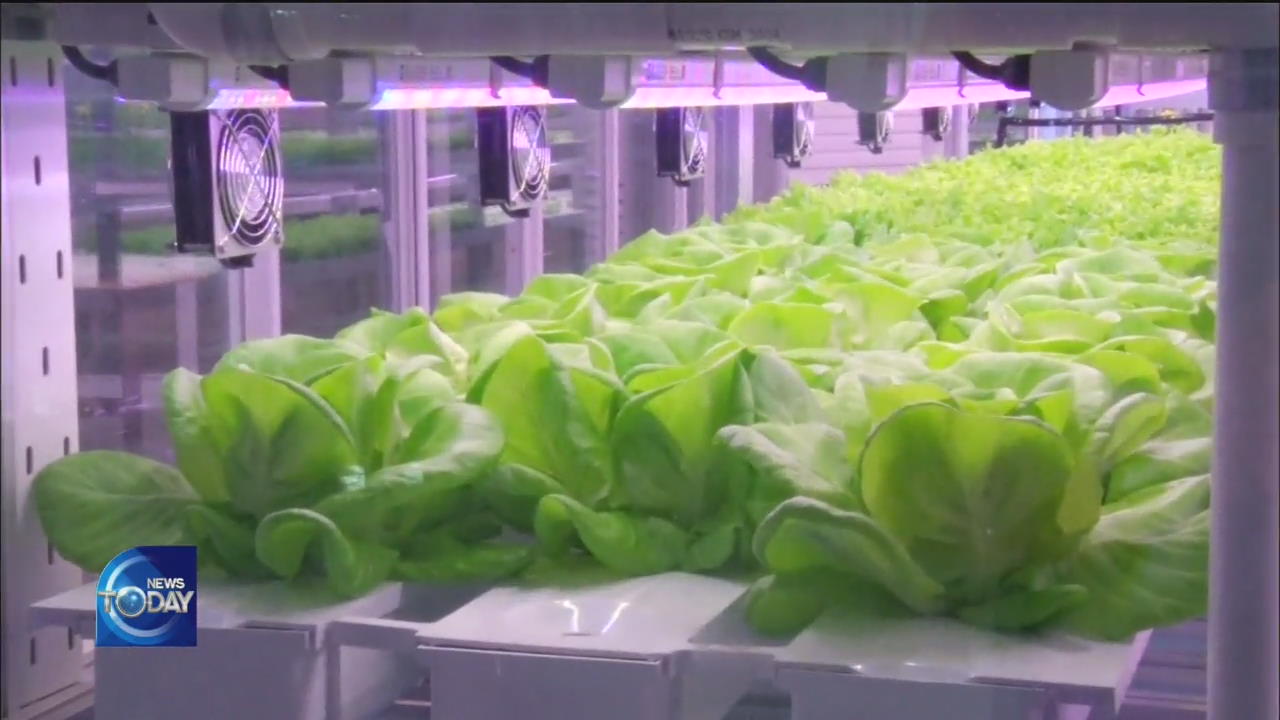
[Anchor Lead]
So-called smart farms are becoming more common in downtown Seoul these days thanks to information technologies used in farming. They can be seen in subway stations, buildings, supermarkets and restaurants. We take you there right now.
[Pkg]
Sangdo Station, subway line number 7. Inside it, a colorful space comes into view. A large glass wall separates the area from the outside. Layers of lush greenery can be found. This is one of the so-called smart farms, a combination of ICT and farming.
[Soundbite] LEE HWANG-MYUNG(SEOUL METRO) : "We launched the pilot operation of smart farms in 2019 in cooperation with the Seoul City government in a bid to provide healing spaces for the public using greenery and raise awareness about smart farming."
This indoor vertical farm measuring 394 square meters is run by a robot, from sowing to harvesting. As there is no natural sunlight, LEDs are used to promote photosynthesis, while a small ventilator ensures air circulation among the crops. Plants are cultivated without using soil. Water mixed with nutritional supplements is sprinkled onto the roots to make the crops grow. Visitors can check out the farm by making reservations on its official website. These children quench their curiosity by trying to harvest the veggies, and even tasting them. A cafe located inside the station serves salads and beverages made using vegetables grown on the smart farm. This building in downtown Seoul is also home to a smart farm. Located in a cozy space in the basement, it specializes in ginseng. The entire cultivation process is automated. Light is supplied through LEDs and water is sprinkled on an hourly basis. In just one month, 25,000 roots of Ginseng can be harvested. The biggest advantage of smart farming is that crops can be grown year-round without worrying about natural disasters. There are smart farms at supermarkets as well. They sell their own produce. Some customers at this supermarket rent indoor farms.
[Soundbite] KIM DO-HO(STAFF AT SUPERMARKET SMART FARM) : "We decided to start our own smart farm in order to provide fresh vegetables to consumers at reasonable prices."
Unaffected by weather and space, smart farms in urban areas may emerge as a new driving engine of the agricultural sector.
So-called smart farms are becoming more common in downtown Seoul these days thanks to information technologies used in farming. They can be seen in subway stations, buildings, supermarkets and restaurants. We take you there right now.
[Pkg]
Sangdo Station, subway line number 7. Inside it, a colorful space comes into view. A large glass wall separates the area from the outside. Layers of lush greenery can be found. This is one of the so-called smart farms, a combination of ICT and farming.
[Soundbite] LEE HWANG-MYUNG(SEOUL METRO) : "We launched the pilot operation of smart farms in 2019 in cooperation with the Seoul City government in a bid to provide healing spaces for the public using greenery and raise awareness about smart farming."
This indoor vertical farm measuring 394 square meters is run by a robot, from sowing to harvesting. As there is no natural sunlight, LEDs are used to promote photosynthesis, while a small ventilator ensures air circulation among the crops. Plants are cultivated without using soil. Water mixed with nutritional supplements is sprinkled onto the roots to make the crops grow. Visitors can check out the farm by making reservations on its official website. These children quench their curiosity by trying to harvest the veggies, and even tasting them. A cafe located inside the station serves salads and beverages made using vegetables grown on the smart farm. This building in downtown Seoul is also home to a smart farm. Located in a cozy space in the basement, it specializes in ginseng. The entire cultivation process is automated. Light is supplied through LEDs and water is sprinkled on an hourly basis. In just one month, 25,000 roots of Ginseng can be harvested. The biggest advantage of smart farming is that crops can be grown year-round without worrying about natural disasters. There are smart farms at supermarkets as well. They sell their own produce. Some customers at this supermarket rent indoor farms.
[Soundbite] KIM DO-HO(STAFF AT SUPERMARKET SMART FARM) : "We decided to start our own smart farm in order to provide fresh vegetables to consumers at reasonable prices."
Unaffected by weather and space, smart farms in urban areas may emerge as a new driving engine of the agricultural sector.
이 기사가 좋으셨다면
-
좋아요
0
-
응원해요
0
-
후속 원해요
0











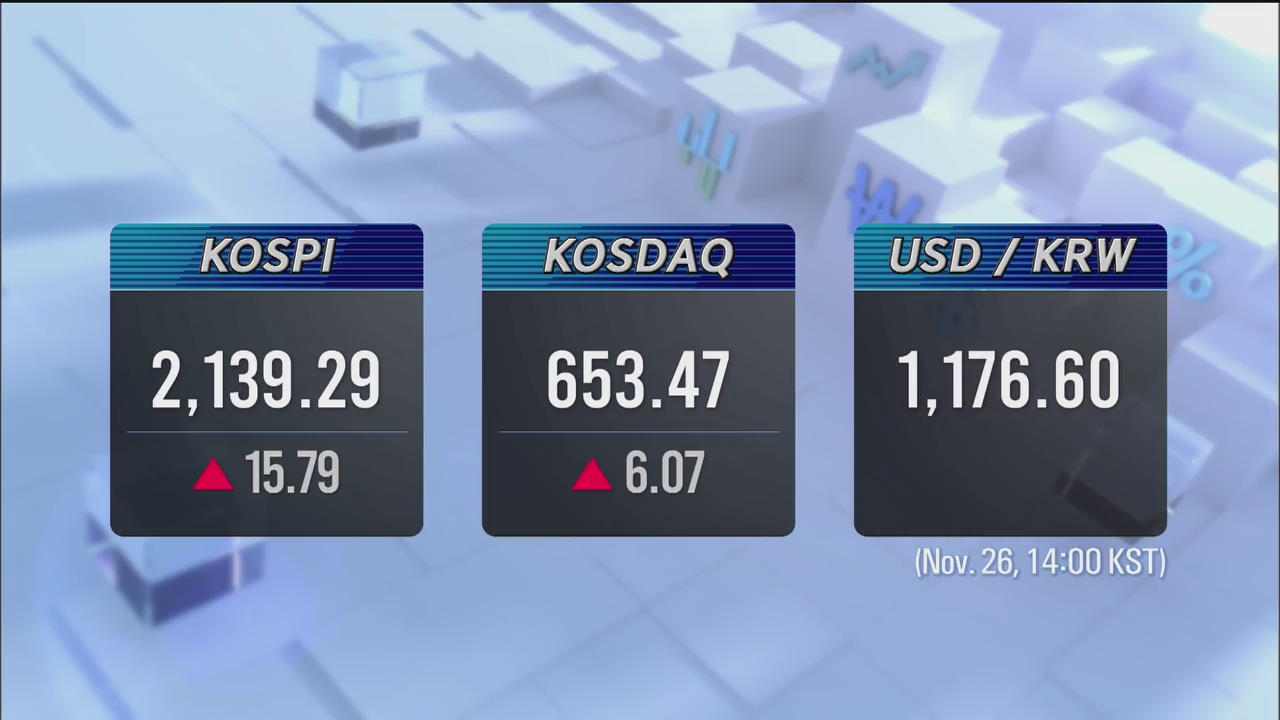
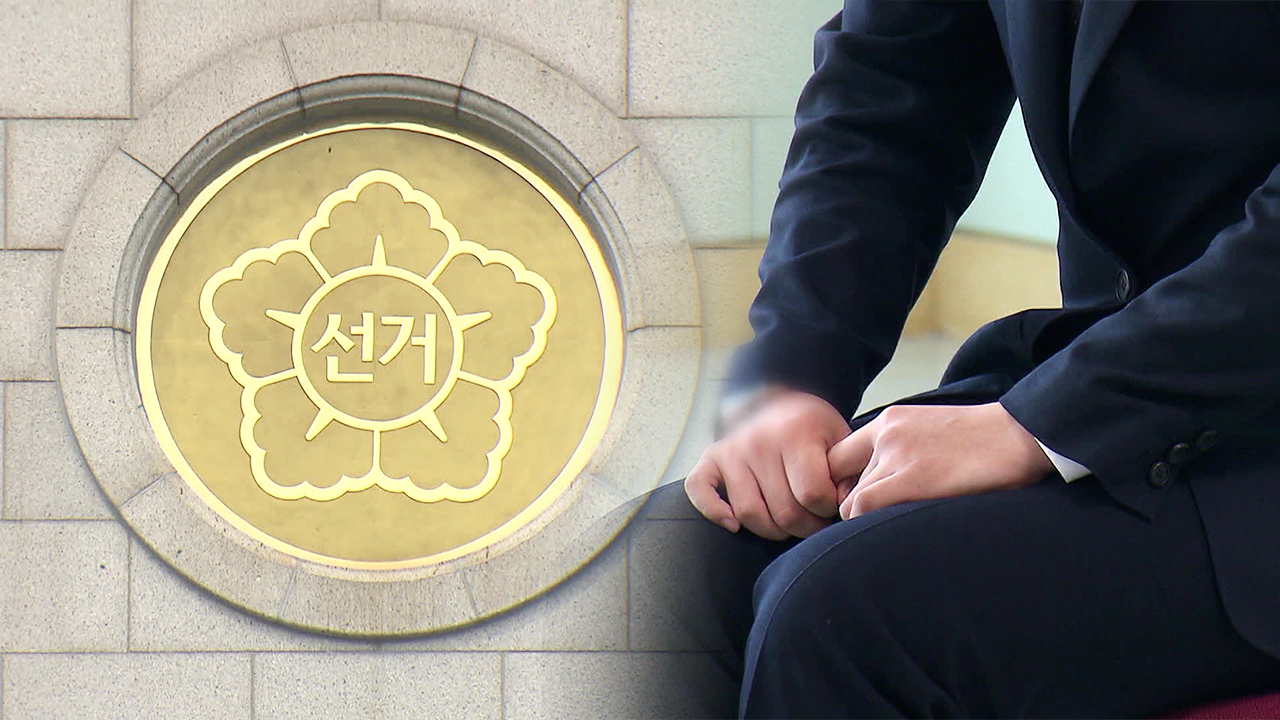
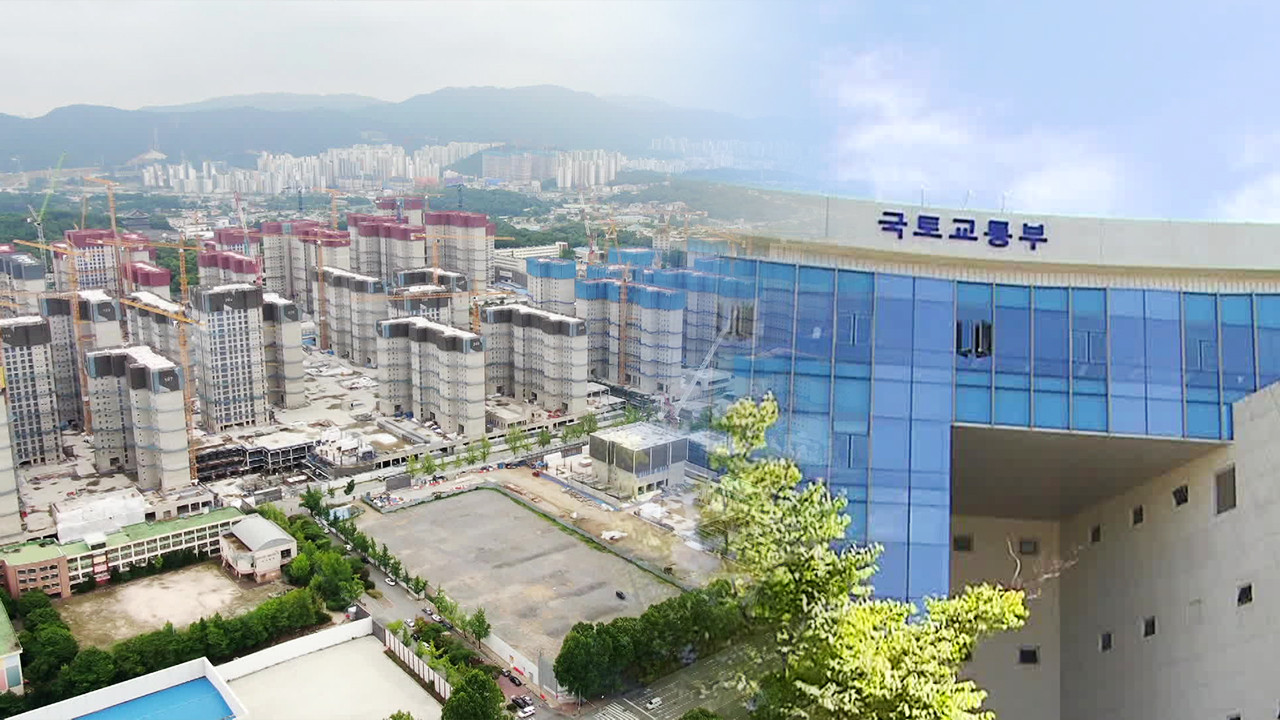
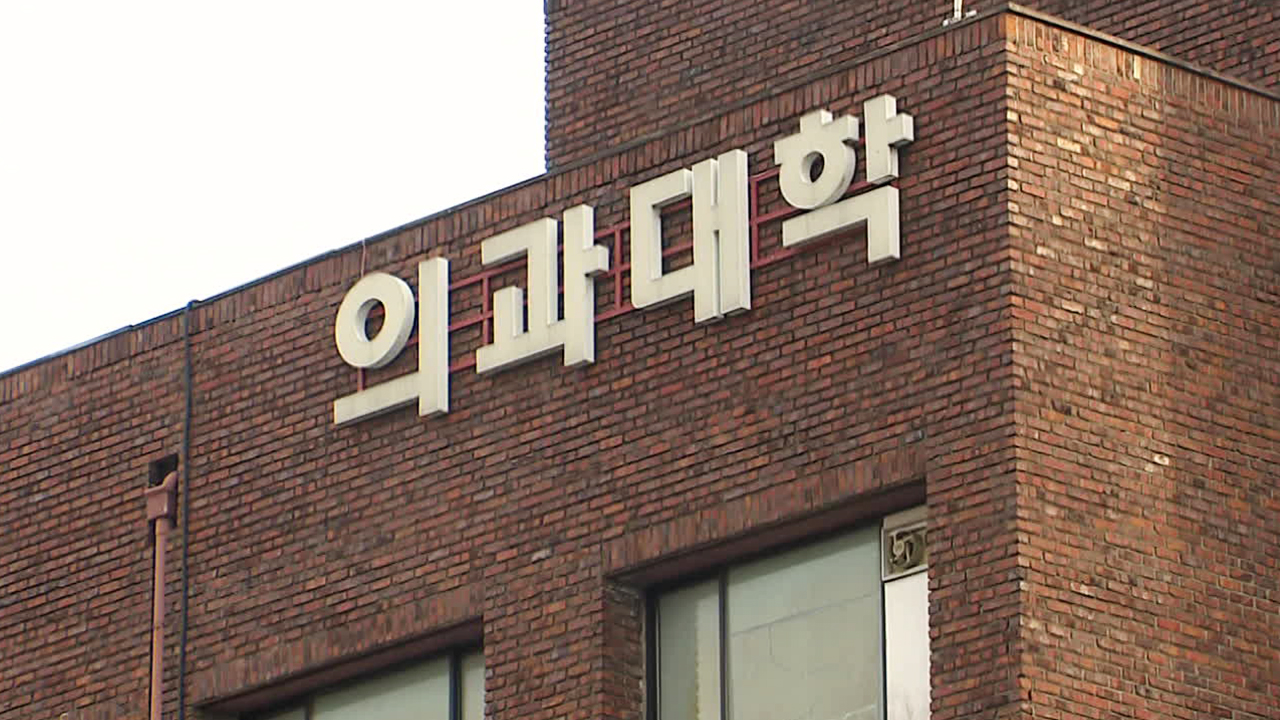


이 기사에 대한 의견을 남겨주세요.